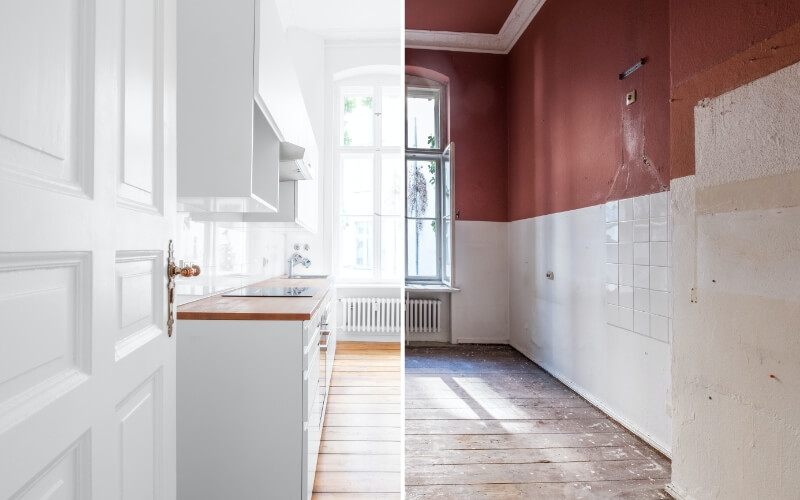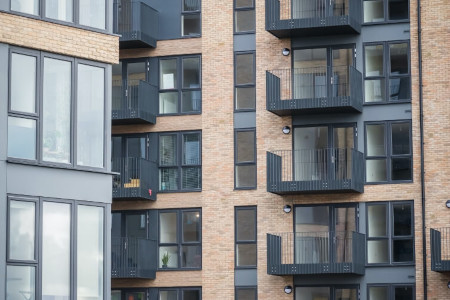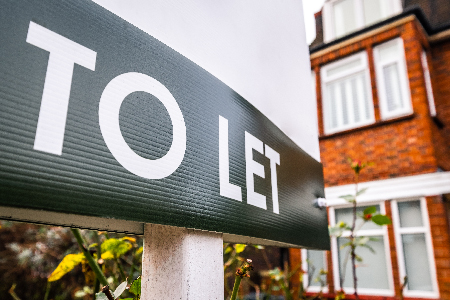Development exit finance can help repaying the initial development finance on your project, providing you with extra time to finalise your plans.
Latest Case Studies
Large Development Exit Loan Based on the Open Market Value
Read case studyQuick Solutions for Infrastructural Issues Threatening a Development Project
Read case studyThe Bridge Fusion Route for Longer-Term Development Exit
Read case study“Developer exit bridging loans offer short-term finance for property developers, which they can use to repay their development finance. This provides extra time to finish works, or find the right buyers for the properties.
The borrower uses the loan to pay off their, often more expensive, development finance. Development exit loans are secured against the built assets and have many options regarding repayment, including repaying each time a property is sold, or servicing the loan. This can all be discussed with our underwriters.
Development deadlines can be tight, and developers may find they’ll need more time to sell properties at premium prices, or organise long-term finance. Developer exit bridging loans can facilitate this.
It can also ensure that they don’t end up paying expensive fees to their initial lender should they encounter any delays.”
Development exit loan to bridge the gap
- Min. loan amount: £100,000
- Max. loan amount: £30m
- Max. LTV: 75%
- Interest rates: variable rates from 0.45% (+BBR), fixed rates from 0.80%
- Charge type (1st/2nd): 1st charge
- Term: 3 – 18 months
- Completion time: Funding can be issued in as little as 3 days.
- Exit fee: POA
- Location of property: England, Wales
- Offer: *Valuation fees refunded on all Bridging and Bridge Fusion loans (T&Cs apply).
Development Exit Finance:
–
What you need to know:
What type of loan are development exit loans?
Our developer exit bridging are short term, specialised products designed to cover original development finance. You can use this funding to secure extra time to finish works, figure out long-term finance solutions, and find the right buyers for your development. This breathing space may prevent you from needing to sell off individual units at a reduced price, just to hit a looming deadline.
How much can I borrow?
You can borrow between £100,000 and £30,000,000 for this type of loan.
What can I use development exit finance for?
This loan can be used for small or large residential development projects, ranging between 4 and 100 units. The funding can allow you to finish off any minor development works such as internal refurbishments. Development exit loans help bridge the gap between completion of a project and securing long-term finance, or the sale of the units.
What types of property can I purchase?
You can use this funding to support the purchasing of multiple units primed for development. They could take the form of individual builds, a block of flats, or other types of buildings. Our development exit finance can be used for both residential and commercial properties located in England and Wales.
What are the advantages of development exit finance?
Property developers may start a project with the simplest end-goals in mind. You may just want to develop a building to its fullest potential, and sell individual units for a healthy profit. But, these kinds of projects take time. Often, things rarely go to plan. Refurbishment works can end up delayed, while external changes in the economy force adaptation.
We’ve seen evidence for this in recent months. Supply chain issues left builders with material shortages, while Government changes put the markets in turmoil. Adapting to these problems will be difficult enough. But our development exit finance can ease the pressure as you find long-term solutions to these kinds of short-term issues.
On top of giving you additional time to organise your affairs, developer exit bridging loans provide flexibility and budget-friendly perks. There are many ways to set up an agreement and tailor repayment terms. You can repay the loan in stages as you sell off units, minimising the interest payable and cutting monthly bills.
Alternatively, if you’d like to cover the loan in larger instalments, we can work with that. All our products are bespoke to fit in with your requirements. No matter how complicated you fear your case to be, we’ll look to adapt with what’s needed.
Who is eligible?
Property developers can qualify through a range of setups. You can apply as an individual or via a company. We offer our loans to those aged between 21 and 85. We’re also accepting of applications from any country, other than those that are sanctioned or blacklisted.
You don’t even need to be based in the country you’re operating in. If you’re situated in the Americas or the Middle East, but plan to develop a block of flats in Wales, we’re open for business. We’re also often able to service investors with adverse credit histories, CCJs, missed mortgage payments, defaults, bankruptcies and the like.
How long does it take to arrange a development exit loan?
We can have funding issued in as little as 3 days. On average, most of our deals are completed in around 2 weeks, depending on the paperwork. Where unexpected development delays and deadlines emerge, we’ll be able to adapt at pace.
Additional fees
As all of our cases are underwritten from day one, we’re transparent on our rates and fees from the get-go. All our products feature an arrangement fee, which starts from 2% of the gross loan amount. There are no admin fees involved and commitment fees are refunded on drawdown. An exit fee may be applicable for development exit finance, with the specific price determined on individual applications.
What is the difference between development loans and development exit finance?
Development loans provide funding for the construction of property or properties from the ground up. Development exit finance is used to cover the repayment of this initial development finance. Moving the developer to the next stage of their plans.
What information do you need to progress this loan?
To support you in your case, we need a few documents from dependent on your special circumstances. Amongst others, we need the following paperwork to move your loan along quickly:
- the full address of the security property, value/ purchase price, confirmation of any outstanding balances
- is the security property tenanted or vacant? What is the rental income?
- how do you want to repay?
- what is your exit strategy?
- who is the borrower: person or company?
- purpose of the loan/ evidence of how funds will be utilised
The more details we can get on your development project, the quicker we can move forward.
How can I apply?
Our underwriters and BDMs are more than happy to help you with any enquiries. You can call us, email or chat with us on our website to get your application started. Call us on +44 (0) 20 7060 1234 or email info@mfsuk.com and you will be connected with one of our dedicated underwriters, who will discuss your requirements with you, and guide you through the process.













